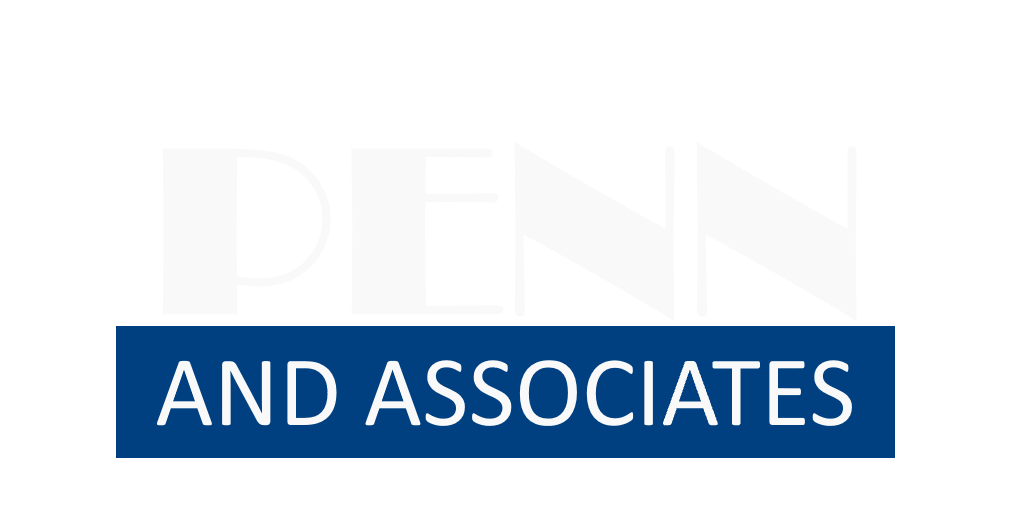Methodology
Clarity. Discipline. Accountability.
Penn and Associates applies a suite of modeling frameworks to estimate economic impact with precision and transparency. Each tool is selected based on the client’s goals, available data, and the complexity of the economic relationships involved.
What We Use—and Why
Penn and Associates applies a suite of modeling frameworks to estimate economic impact with precision and clarity. Each tool is selected based on the client’s goals, available data, and the complexity of the economic relationships involved. We prioritize transparency—every model we use is documented, auditable, and tailored to reflect local realities.
Penn CGE Model
A custom-built computable general equilibrium model that simulates how changes ripple through an economy—capturing sector interactions, price shifts, and resource constraints. Best used for complex, multi-sector analyses where policy or investment affects supply chains, labor markets, or regional dynamics. Inputs and assumptions are adjusted to reflect local conditions. Every Economic Impact Report includes clear explanations of methods, assumptions, and limitations. When applicable, statistically valid survey data grounds estimates in real-world behavior.
RIMS II
A widely used input-output model from the U.S. Bureau of Economic Analysis. It estimates how spending in one industry affects others—based on historical relationships. Best used for straightforward impact estimates for local spending, tourism, or construction projects.
SAM (Social Accounting Matrix)
A data-rich framework that expands input-output modeling to include households, government, and institutions—offering a fuller picture of economic flows. Best used for projects where income distribution, household behavior, or public transfers are relevant.
TTSA (Tourism & Travel Satellite Account)
A specialized framework that isolates tourism’s contribution to the economy by tracking visitor spending across sectors. Best used for tourism impact studies that require alignment with international standards or cross-sector analysis.
Survey Integration in Economic Modeling
Penn and Associates brings decades of experience in survey design and behavioral analysis to economic impact reporting. We use probability-based sampling and classical statistical techniques to ensure that survey-derived insights are representative, valid, and complementary to model-based estimates. Surveys are offered in both Western and non-Western languages to ensure cultural relevance and broaden respondent reach. This integration humanizes economic narratives and enhances policy relevance.
Principled Approach
Our methodology is not just technical — it is anchored in clarity, discipline, and accountability. Every framework we apply is documented, every assumption is explained, and every output is defensible. This principled approach ensures that our clients receive insights they can trust, communicate, and act upon with confidence.
